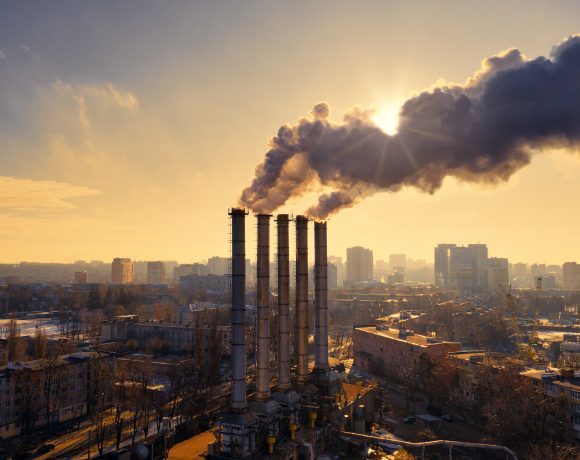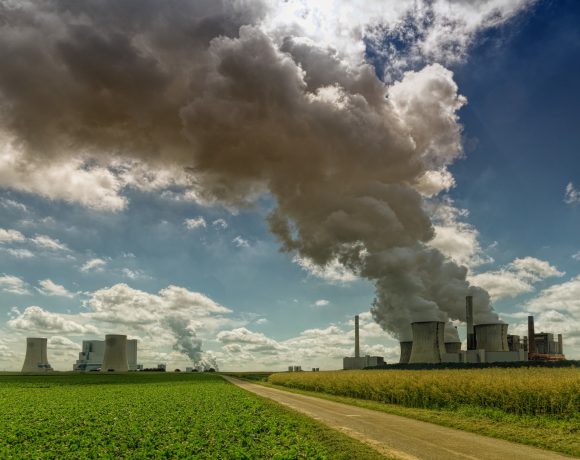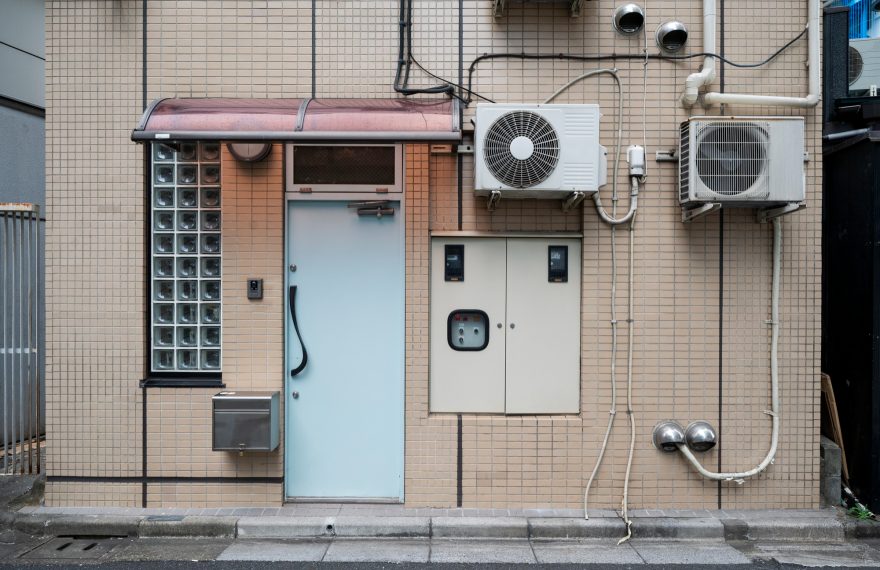The Indian government is actively considering a new scrappage and incentive scheme aimed at encouraging the replacement of outdated air conditioners (ACs) with energy-efficient models. The initiative is designed to reduce electricity consumption, lower household power bills, and support

In 2024, only seven countries met the World Health Organization’s (WHO) air quality guidelines for fine particulate matter (PM2.5), according to data from IQAir. These countries are Australia, New Zealand, the Bahamas, Barbados, Grenada, Estonia, and Iceland. In contrast, the most polluted countries were Chad and Bangladesh, with average PM2.5 concentrations

A recent global air quality report has revealed that 13 out of the world’s 20 most polluted cities are in India, with Delhi ranking as the most polluted capital. This alarming revelation underscores the escalating air pollution crisis, affecting millions across the country. Delhi’s Alarming Pollution Levels Delhi’s air quality has deteriorated

Recent research has revealed that emissions from coal-fired power plants in India are significantly reducing rice and wheat yields, with some regions experiencing losses exceeding 10%. This decline is primarily attributed to nitrogen dioxide (NO₂) emissions, which negatively impact crop health and productivity. Impact of NO₂ Emissions on Crop Yields Studies indicate that

The Supreme Court has raised serious concerns over the government’s repeated extensions granted to coal-fired power plants for meeting emission norms. The court questioned whether these extensions effectively serve as a “license to pollute,” potentially worsening environmental degradation and posing a risk to public health. Background on Emission Standard
















